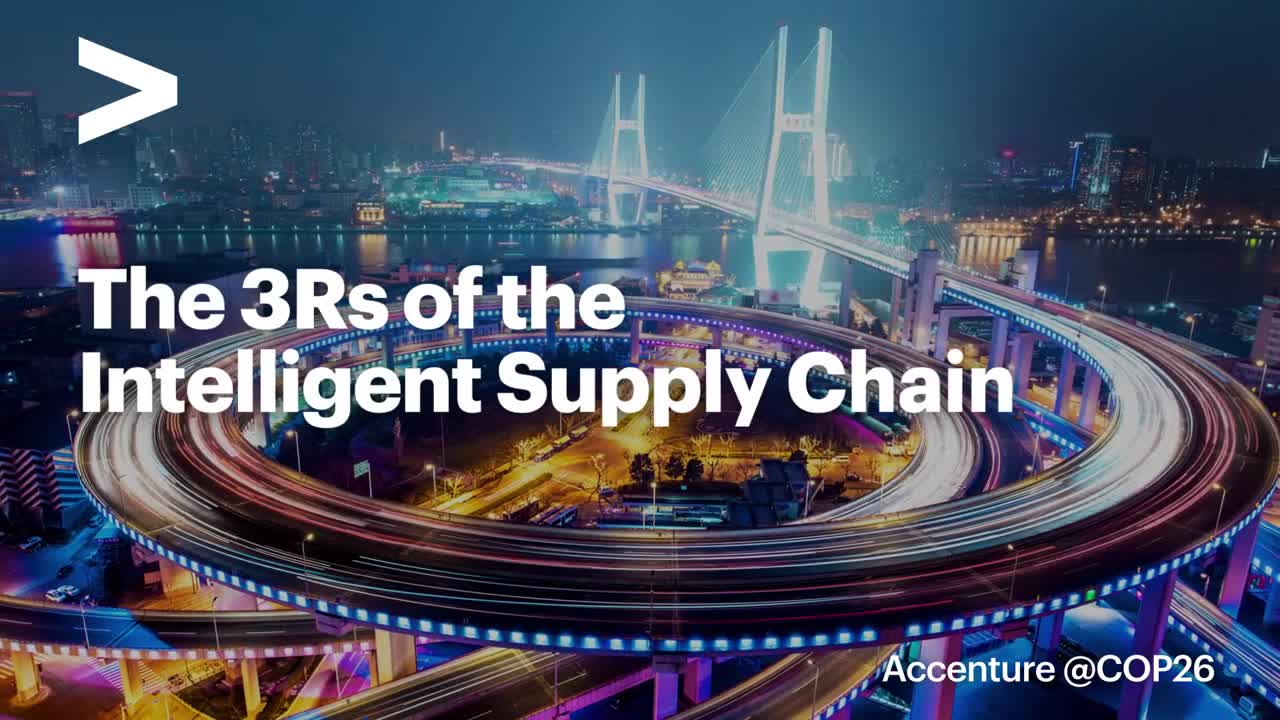Blog
How fulfillment can create a customer centric supply chain
5-MINUTE READ
November 18, 2021
Blog
5-MINUTE READ
November 18, 2021
One of the most interesting things I have seen recently is how a company’s product has become far less important to its competitive advantage. Success is no longer just about “building a better mousetrap.” Instead, the experience a customer receives, and the relationship they establish with a brand, is what sets companies apart.
It is a massive change. One that has equally massive implications for the supply chain. With growing customer expectations, the supply chain must become customer centric. Companies must understand their customers and anticipate their needs. They must engage each customer with different service levels and goals.

Fulfillment plays a vital role in this shift to a customer-centric supply chain. It is the link between order placement and a delivery experience that can delight or disappoint. Yet for many of the companies I work with, it is clear that fulfillment capabilities are not keeping pace with customers’ demands. To infuse customer centricity into fulfillment, companies need to gain greater visibility into their operations. Companies must rely on data and technology to drive autonomous and intelligent fulfillment decisions. Companies must also capitalize on a new breed of logistics service providers.
When fulfillment breaks down, it is often because a company lacks visibility into its network. Visibility does not just mean knowing where delivery trucks are at any given time. It is understanding what is on each truck and which customers will receive those goods. Order accuracy is critical, and companies must be ready to act decisively when something goes wrong. Inventory must be visible at every point in the network—whether it is in a truck, a warehouse or at a customer site.
A company must know when a certain order will be delayed. Then a quick decision can be made. Just tell the customer it will be late? Find a different truck to put it on? Expedite it? Pull inventory from somewhere else to replace it?
The fact is, strong fulfillment starts with inventory management. A company must know where everything is, both at rest and in motion. This information is essential to taking actions that balance service and cost while avoiding unanticipated disruptions—or, at least, bouncing back quickly from them.
Data is core to visibility. Without the right data, companies are flying blind and operating with incomplete information. They can’t serve customers well.
As companies move toward more customer-centric fulfillment—and, more broadly, an intelligent supply chain—they will be using data as never before. They will apply artificial intelligence and machine learning to automate fulfillment beyond the robots many already use in their warehouses. At the same time, companies will ensure their workforce, from new hires to veteran employees, has what it takes to work effectively in the future supply chain. In other words, they will put people first, before technology, as they reimagine their future supply chain. This will help ensure that jobs—not people—are replaced.
According to recent Accenture research, nine out of ten logistics companies believe their customers want them to offer a broader set of logistics services. This means either extending their service portfolios to include upstream or downstream solutions or expanding their existing services across more geographies or modes of transport. The goal is to create a deeper, broader and more customer-focused approach to service delivery.
This new breed of service provider can give companies the end-to-end visibility across the transport lifecycle that is critical to reshaping fulfillment. The goal is to deliver a better, more personalized experience to their customers. And that will include a greater focus on supply chain sustainability. Ninety-three percent of logistics companies are looking to include sustainable and green logistics or transportation capabilities in their service offerings. This is vital to companies’ efforts to make last-mile delivery more efficient, less expensive and more eco-friendly.
This is just a glimpse of what will unfold at scale in the next 10 years. Technologies in automation, autonomous vehicles, alternate energy, sustainable infrastructure, and building materials will continue to drive significant changes. These technologies are creating more responsive and responsible warehousing and transportation capabilities.
The fact is, there are exciting things in store in the fulfillment arena. If you would like to learn more, I encourage you to read the results of our latest research, Business Futures 2021: Signals of Change. It includes a chapter on how companies are looking at ways to break the physical limits between supply and demand—and deliver the personalized, compelling experience today’s customers crave.